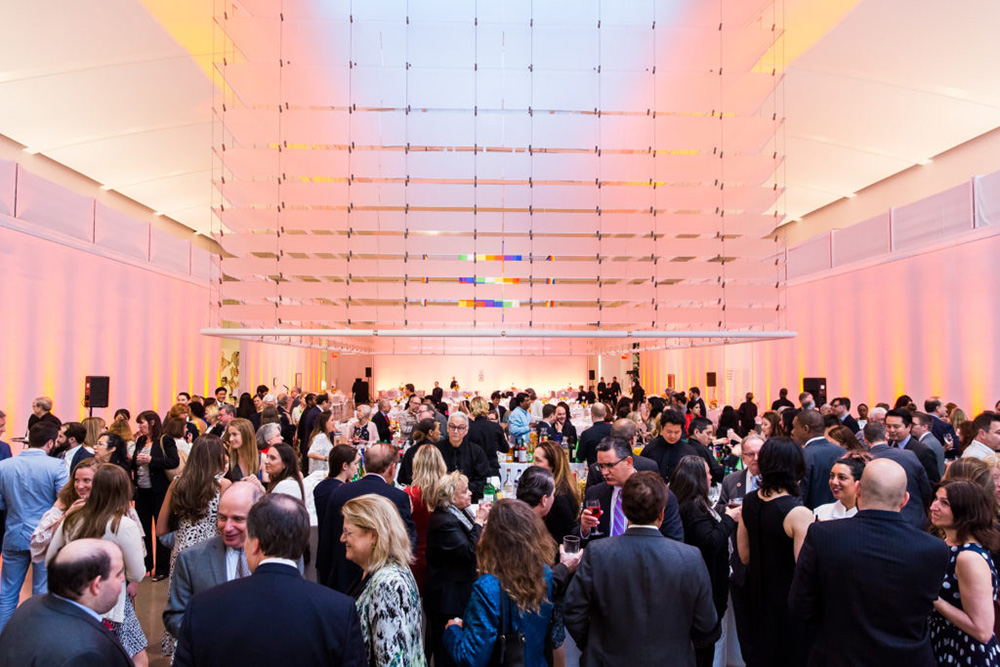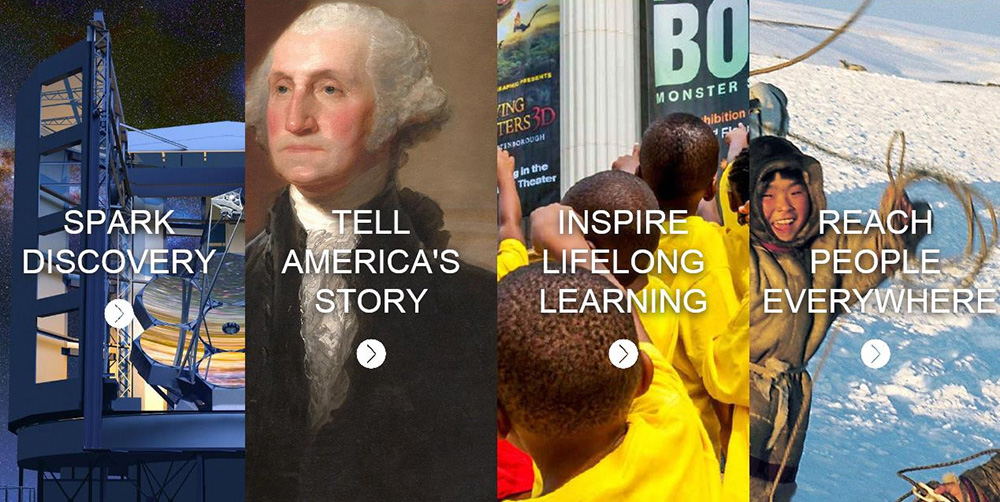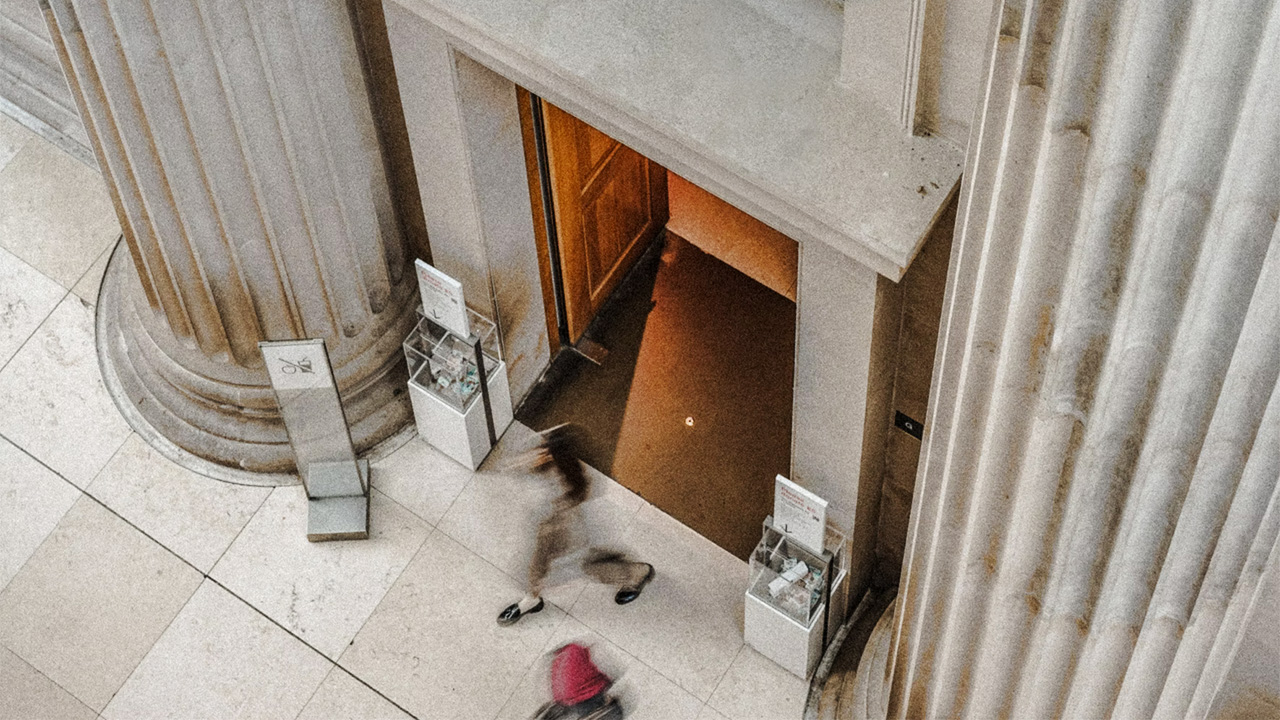As cultural organizations reopen and reemerge onto a newly digital landscape, Jing Culture & Commerce is featuring insights from Catherine Devine, Business Strategy Leader of Libraries & Museums at Microsoft. In her monthly guest series, she shares how institutions can best enhance their infrastructure and programming to meet the digital moment. Read more of her columns here.
What’s the first thing that comes to mind when you think of fundraising at museums? You’re probably envisioning lots of paper: think of the museum magazines, postcards, and letters talking about the latest event, exhibition, or even an acquisition that needs to be made — all pleading for your money.
While there’s nothing inherently wrong with any of these tactics, are these really the best ways to reach audiences to raise funds? How can museums modernize fundraising efforts? Let’s dig in by tackling a few myths:
Myth #1: Your donors are older
While some older donors may have deeper pockets since they’ve had more time to accumulate wealth, are they really the only audience you should be going after? You could be missing an opportunity to connect with younger generations in the workforce.
Myth #2: If it ain’t broke, don’t fix it
You may have had consistent success with how you’re fundraising and I am not suggesting you throw that strategy out the window. What I am suggesting and really challenging is if you’re not testing and learning, what are you doing?
Myth #3: You need paper to make paper
The tactics mentioned above (letters, postcards, magazines) might help connect with some audiences, but you’re not reaching all of your potential audiences in this digital age. Which means you’re missing out on opportunities to get more donors.

While fundraising galas allow cultural institutions direct connections with their donors, digital solutions can greatly boost and finesse their fundraising efforts. Image: The Queens Museum Gala, courtesy the Queens Museum / William Ragozzino, Scott Rudd Photography.
Keeping these common “myths” in mind, we should think about how best to upgrade your fundraising efforts. This can be accomplished through two avenues: data and experimentation.
Data: In today’s technology-focused world, everything digital has the ability to measure and track efforts. You can see who opens an email and what the recipient clicked on. You can see how far down a person reads in an article that may be posted to your website. (Note: These statements assume that your digital properties have been set up to track appropriately.)
Are you looking at and utilizing this data? You could send out emails, for example, with different types of content to see which pieces of content may elicit more donations, and you have the proof points right in the data of what worked and what didn’t. Then, you can optimize from there.
Experimentation: Try something new when it comes to fundraising. Experiment. Test and learn. Have you tried an Instagram campaign where you showcase a particular exhibit or artifact and note that you need $XX to bring something to life? What about TikTok? How about an SMS text? You can see if it’s successful right in the data. Try working collaboratively with the appropriate teams in your institution to see what channels may be available and pick their brains for what may be successful for the key demographics of that channel.

The largest fundraising campaign ever conducted by an American museum, 2016’s Smithsonian Campaign raised $1.88 billion over seven years by creating digital assets, tapping strategic media, and inviting SMS donations, among other online and onsite activations. Image: Smithsonian Institution
Two tactics to consider to up your fundraising efforts:
1) One often overlooked tactic is how one can work with a corporation when it comes to fundraising. While many corporations may simply give funds, many forget that bigger organizations have employee match programs. For example, Microsoft has its Microsoft Give program which is an employee match program at its core, but is something that has a huge backing and employees get excited about every year. Have you considered identifying and targeting those types of programs?
2) Think about how your technology can support your fundraising efforts. Beyond, say, customer relationship management, you could look at your digital asset management and/or collections management systems. I look at platforms such as Terentia where part of their efforts are to help cultural institutions to generate revenue. Think of how your digital assets can help to tell the story of your institution, but also how those assets could be used in a variety of ways, even including e-commerce. Your technology stack needs to be in a strong position to support your efforts in an efficient way.
As the world grows and changes, you must recognize that a one-size-fits-all approach isn’t always going to provide the best ROI for your organization. When you think creatively and use data to inform your decisions, you will get better returns. When you expand your tactics, you expand your audience and your reach. This is how you can build stronger relationships with existing donors and secure relationships with new ones.



